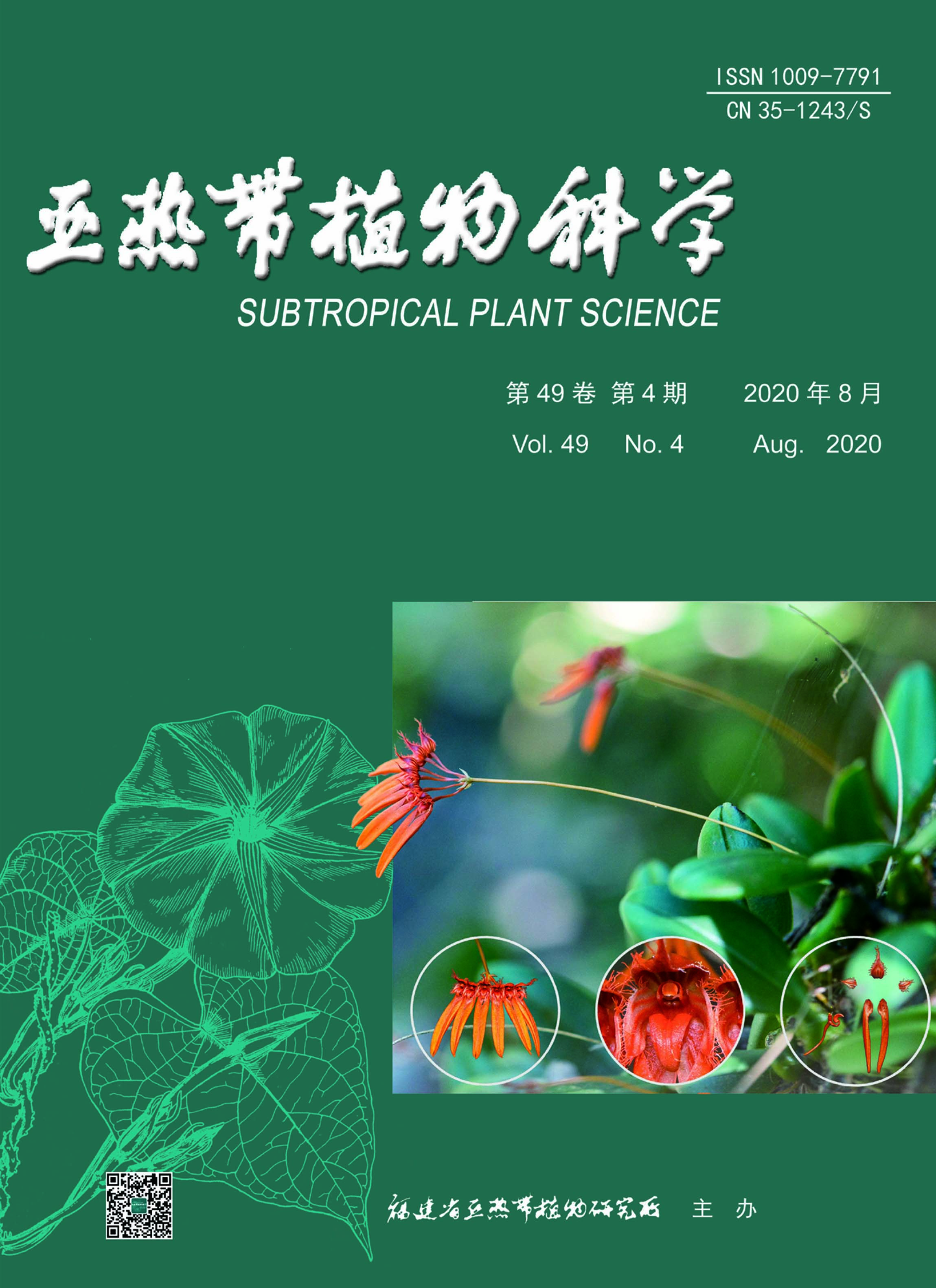|
|
Effects of Foliar Sprayed Methyl Jasmonate on Potato Minituber Growth and Yield
YANG Tian-yu, HAN Xiao-nü, XU You-xian, TANG Jin-xiang, ZHAN Kang, WU Jin-song, WANG Lei
2020, 49(04):
247-252.
DOI: 10.3969/j.issn.1009-7791.2020.04.001
In this study, using greenhouse-grown Solanum tuberosum ‘Yunshu 505’ plants as experimental material, we measured the levels of jasmonic acid in four early tuberization stages, and explored the effect of foliar sprayed methyl jasmonate on the growth and yield of minituber. The results indicated that the levels of jasmonic acid were increased as tubers enlarged. During minituber cultivation, 100 μmol·L-1 methyl jasmonate (MeJA) solution or mock solution (CK) was sprayed by different frequencies on leaf surface, and the statistical changes in agronomic trait and yield were analyzed. Our results showed that compared with CK, the average stem diameter with once per day treatment was increased by 36.1%, and the chlorophyll content in twice per day treatment was reduced by 20.1%. Moreover, no significant difference was detected after MeJA treatment between groups in either morphological traits including leaf color, stem color, flower color, plant architecture, or tuber traits including tuber uniformity, tuber shape, peel color, flesh color, peel type, eye depth, crack tuber rate, large-sized tuber hollow rate. Moreover, the plant survival rates in twice per day, once per day, once every 2 days, and CK treatment were 45.57%, 100.00%, 100.00%, and 87.29%, respectively. Compared with CK, the equivalent yields in MeJA treatment above were increased by -15.61%, 8.77%, and 12.11%, respectively. Taken together, our results showed that the levels of jasmonic acid were increased at the early stages of tuberization, and the potato plants which were foliar sprayed with 100 μmol·L-1 methyl jasmonate once every 2 days had the maximal yield without the cost of growth.
References |
Related Articles |
Metrics
|
